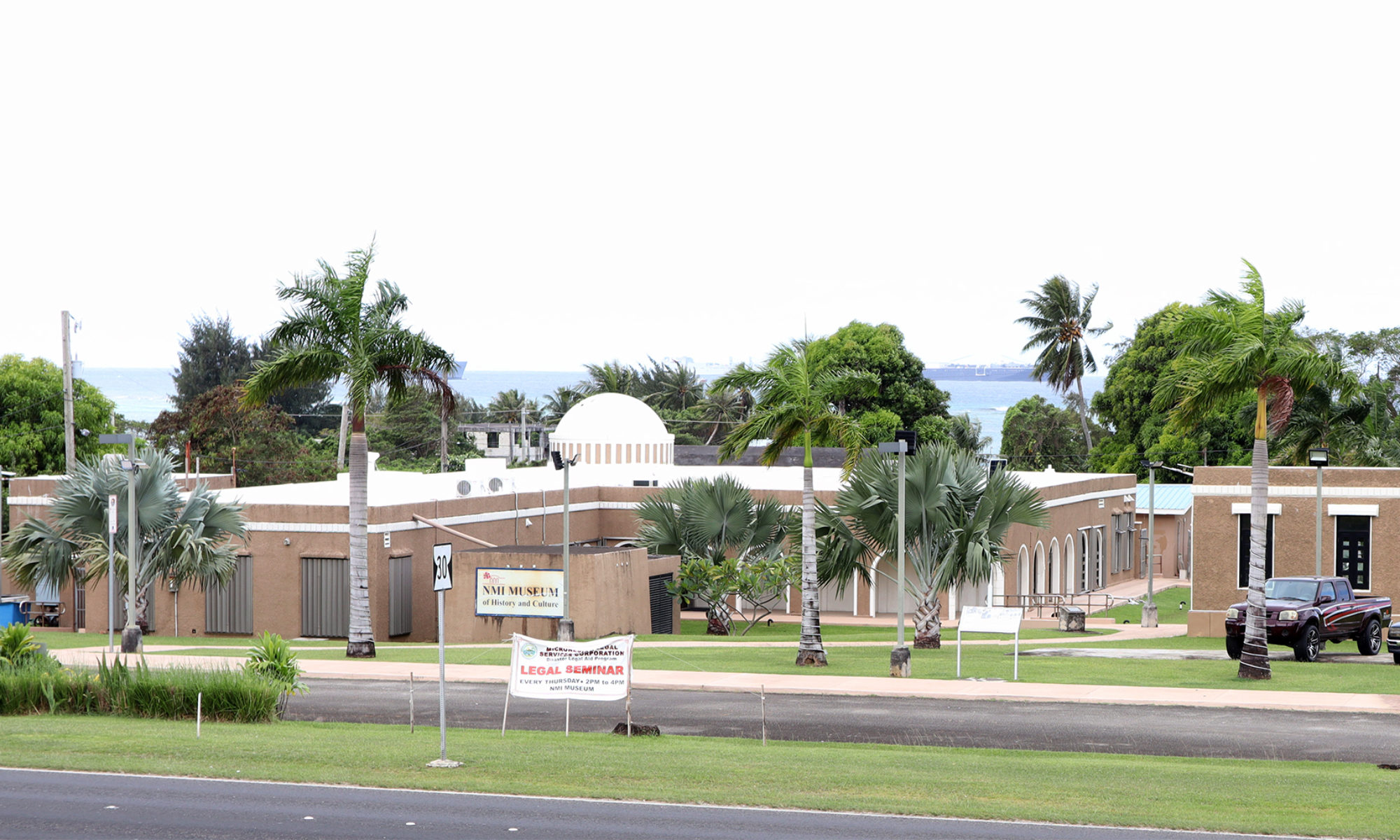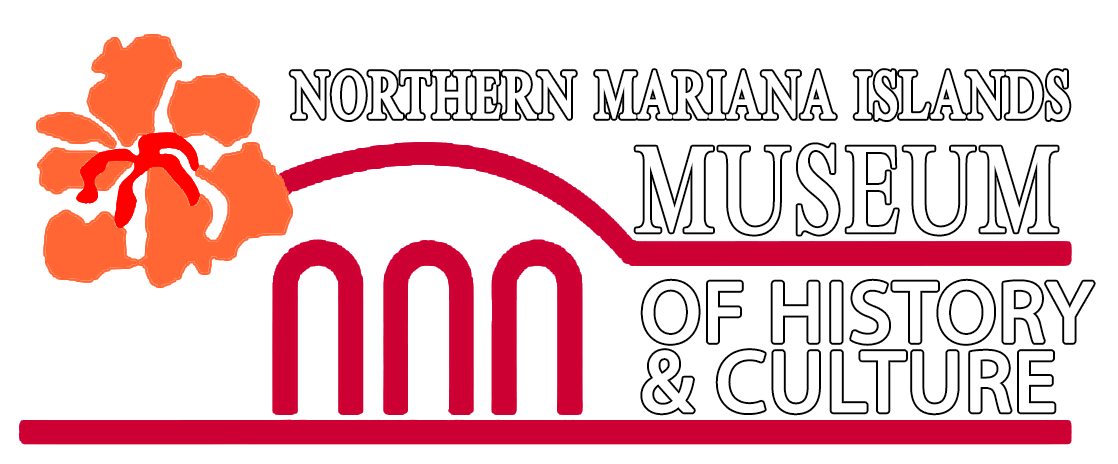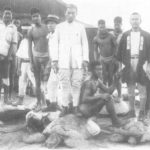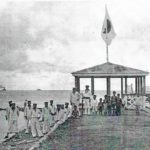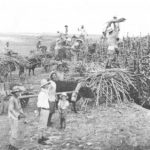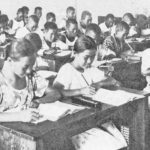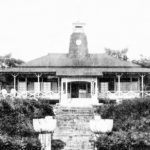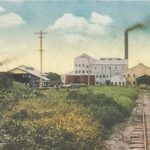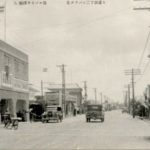The Japanese Period
The Japanese Period. Germany’s brief 15-year administration came to an end when the islands were seized by Japanese naval forces in 1914 at the outbreak of World War I. The Northern Marianas were administered by the Japanese navy until 1922 when they were placed under the civilian-run Nan’yo-cho, or South Seas Bureau that maintained a branch headquarters in Garapan. At this time, pioneering businessman Haruji Matsue established the sugar industry in the Northern Marianas. Over the next two decades, Saipan, Tinian and to a lesser extent Rota, were cleared of native vegetation and planted in fields of sugarcane. The mature cane was transported to processing mills in Chalan Kanoa, Tinian Town, and Songsong on Rota by extensive railroad systems built by Matsue’s company the Nan’yô Kohatsu Kabushiki Kaisha known as NKK. This industry was labor intensive and required tens of thousands of plantation and mill workers who, by the early 1940s, came to outnumber local residents nearly 10 to 1. In addition to sugar, Japanese businessmen also undertook commercial tuna fishing and mined phosphate. The resulting robust economy supported a standard of living for both indigenous and foreign residents unmatched elsewhere in the tropical Pacific, although indigenous residents were still regarded as third-class individuals. During this period, it was Japan’s intention to fully integrate the islands and the local people into the greater Japanese Empire.





